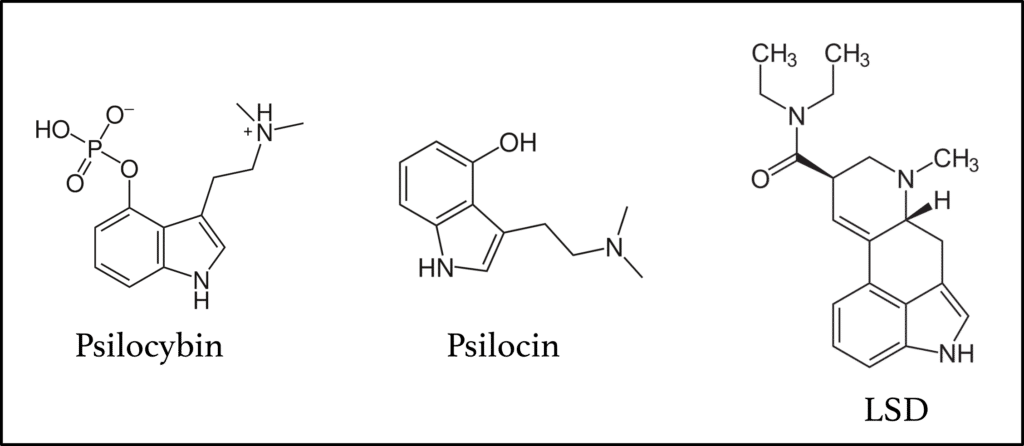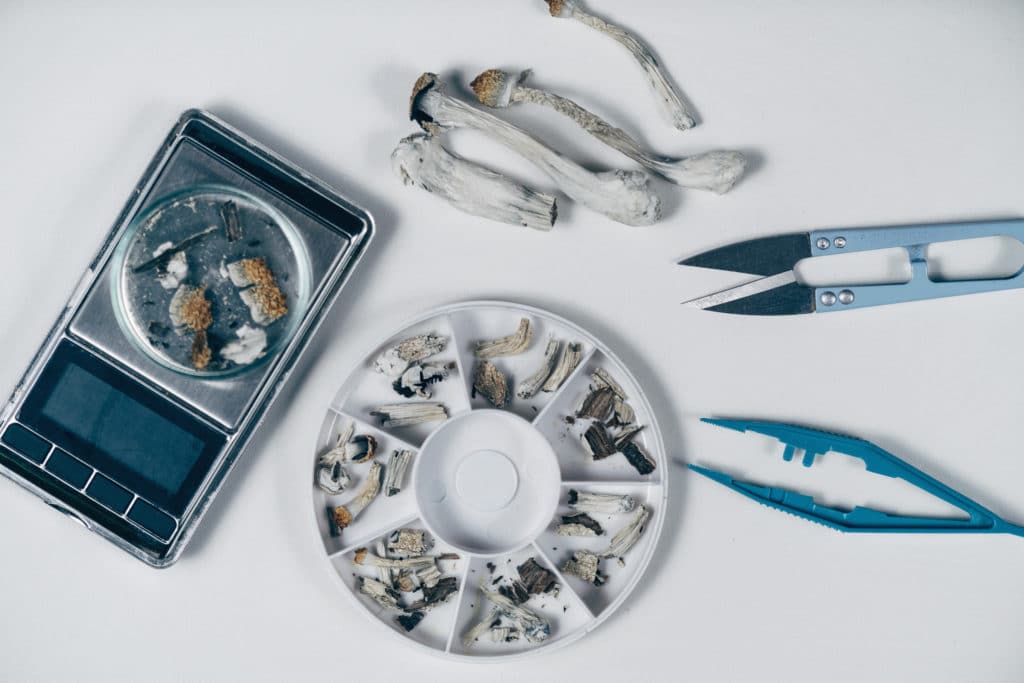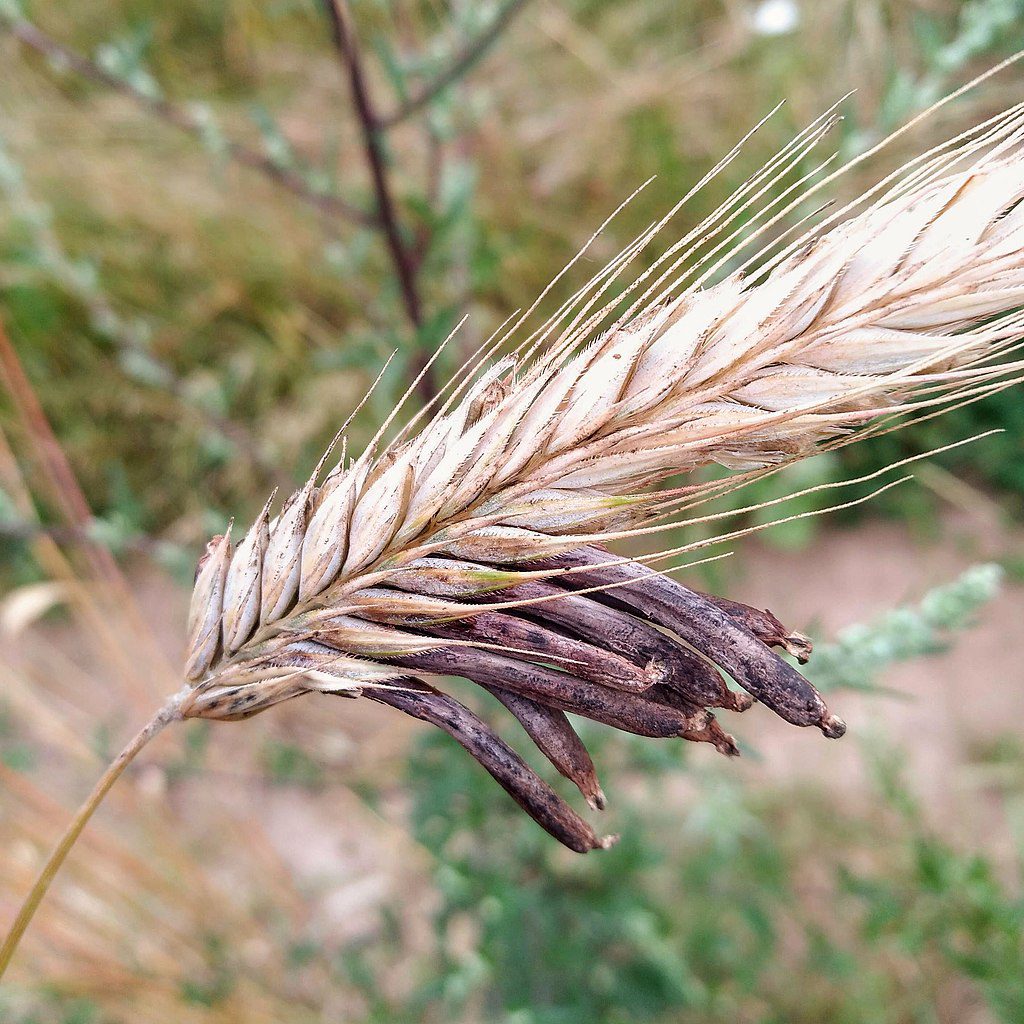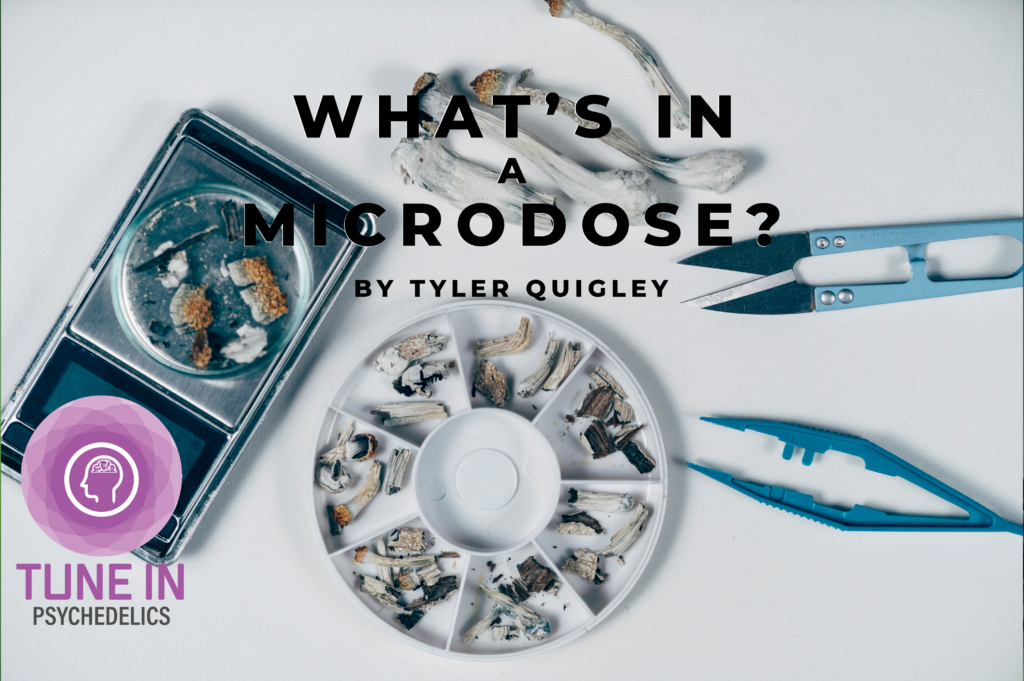Introduction
A microdose is a really small amount of a psychoactive substance. Which psychoactive substance, or substances, in a microdose is typically self-prescribed by the user. This self-prescription depends firstly on what drugs one has access to, and secondly what works best for them. The most common substances microdosers report using are psilocybin mushrooms and LSD, likely because they are popular and well-known psychedelics, they are safe, and are relatively easy to dose out. Both of these compounds bind to the serotonin 5HT2a receptor. Their ability to bind here is thought to be the root of their therapeutic value.

Psilocybin
There are roughly 200 identified species of psilocybin-containing mushrooms around the globe, and can be found on every continent except Antarctica. The term “magic mushroom” typically refers to Psilocybe cubenis, also known as “cubes,” as this species is easily cultivated indoors. Within this species there are many varieties with names such as “Lizard King”, “B+” or “Golden Teacher”. The name usually doesn’t correspond to any significant differences in psilocybin content. A phrase touted among mushroom growers is “A cube is a cube”, meaning that all varieties in this species are the same. The only P. cubensis varieties that do have a higher psilocybin content than normal is the variety “Penis Envy (PE)” and “Albino Penis Envy (APE)”. These strains were bred by an amateur mycologist whose mysterious tale was recently unearthed by Hamilton Morris and shared on his Patreon.
Although psilocybin is often associated with the psychedelic effect of mushrooms, it is not the molecule that actually reaches our brains. Psilocybin contains a chemical group called a phosphate group. When exposed to an acidic environment, the phosphate group is removed, and the molecule left is called psilocin. Psilocin is able to cross our blood-brain barrier, a layer of cells which only allows certain molecules to pass into our brains.
Many mushroom microdosers grow their own mushrooms, while others purchase them. Both methods are, of course, illegal. However, once a supply of dried mushrooms is in hand, the microdoser simply weighs out a microdose, or else eyes it out and hopes for the best. The safest way to measure a microdose is with a precise scale that can measure to (at least) the tenth decimal place. A typical microdose is somewhere between 0.1 g and 0.3 grams. Once weighed, the dried material is either consumed or packaged into gelatin capsules for later use.

LSD
LSD, or “acid”, refers to the chemical lysergic acid diethylamide. It was first synthesized by Albert Hoffman in 1938 while working in Switzerland for the chemical company Sandoz. Although it is a synthetic chemical, Hoffman discovered LSD while altering a chemical called ergotamine in different ways to find new respiratory stimulant drugs. Ergotamine itself is found in ergot, a fungus that infects grain. So, although it is a synthetic compound not found in nature, it is related to a fungal compound.

It is very difficult to synthesize LSD without advanced chemistry equipment and knowledge, so this microdosing ingredient is most often purchased from illicit dealers. LSD is usually sold on square paper tabs, or mixed into pieces of gummy or hardened candy. It can also be sold in bulk in liquid form. Tabs of LSD are typically advertised as having somewhere between 75-125 micrograms of LSD, enough for a single recreational dose. However, it is impossible to know the true dose of any tab without chemical analysis. LSD microdoses are prepared by cutting or breaking a tab into small pieces. If you have a tab that is 100 micrograms of LSD, and you want to microdose 10 micrograms, you would cut it into 10 equally-sized pieces.
A microdose of LSD is anywhere between 5-15 micrograms, but can be more. Again, dosing is based on personal preference! Either way, it is proper harm reduction practice to test a newly purchased batch of LSD with drug testing kit to confirm it is LSD. Afterward, it is a good idea to consume a small amount to gauge its potency.
You can read more about the science of psychedelics on Tyler’s newsletter, The Tab.

